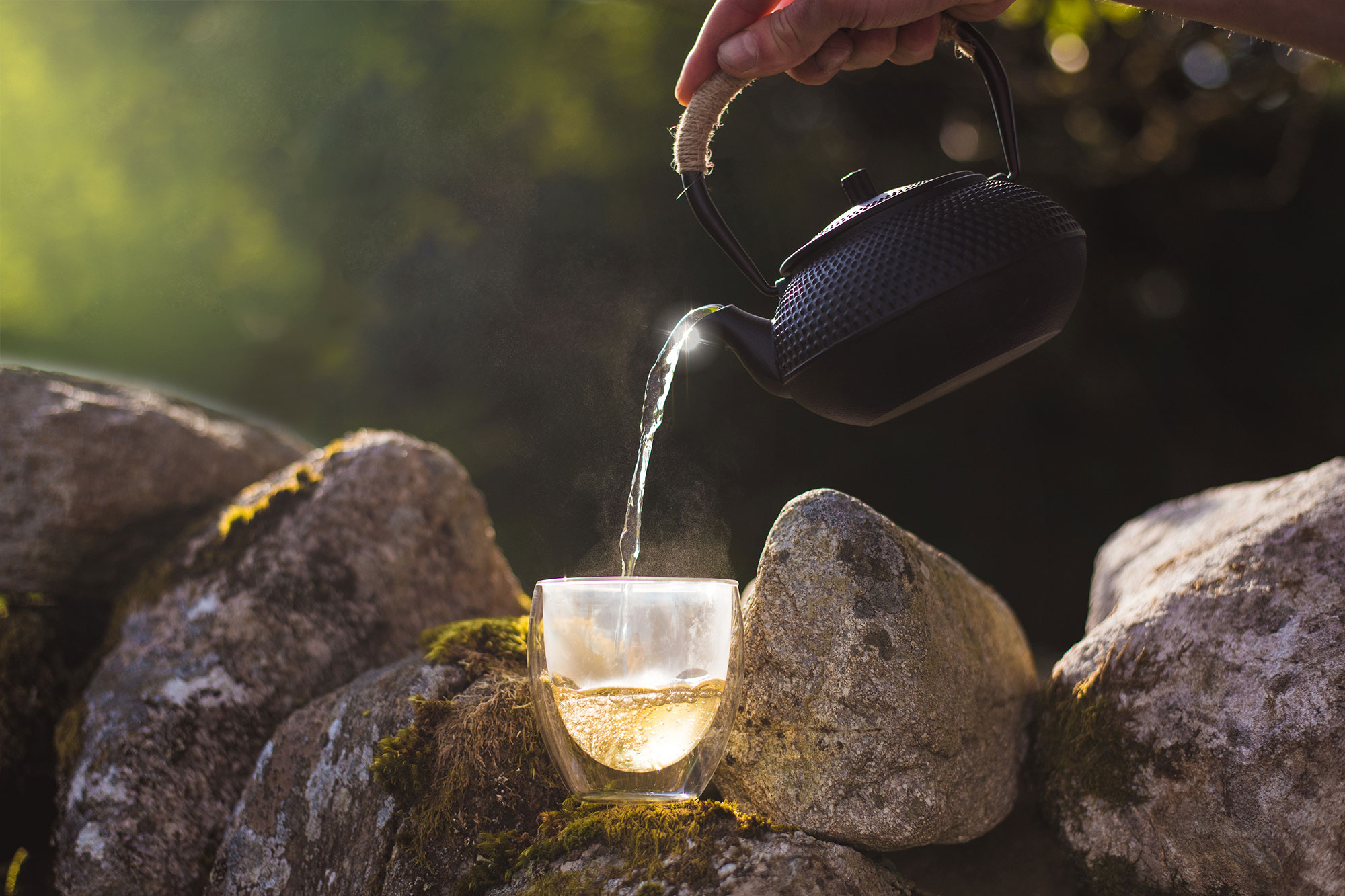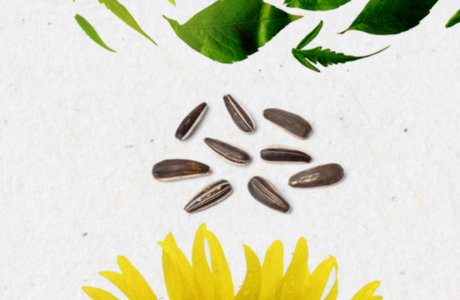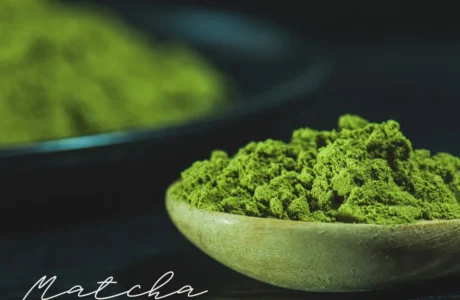If I told you there was a shortage of tea in the world wouldn’t you be surprised? Well, most people would be, after all the local supermarket still has plenty of tidy cartons lining the shelves. But sadly, it is true. The availability of truly great teas is decreasing for a couple of reasons. Firstly, the demand is increasing which is great news but as elemental economics tells you the increased demand puts pressure on the supply side. Secondly, and this is the alarming news, there are fewer tea gardens producing the higher quality teas.
As we have seen in other agricultural industries, lack of profitability in a product leads traditional farmers to turn to other crops or to leave farming wholesale and look for another income stream. This has had tremendous impact in the tea world. The tea growers who have chosen to stay in tea, have increasingly looked for more modernized agricultural methods and turned to increased use of of mechanical processing. There are two available methods for processing tea – orthodox manufacture and CTC (for crush, tear and curl). Virtually all premium tea is made through orthodox manufacture, a process that requires working with the tea in small batches and is therefore more time consuming and expensive.
Traditional origins such as India, Ceylon and Taiwan have historically used only the orthodox method of processing, but today that scenario is changing. China, perhaps the lone holdout, still uses only orthodox manufacture and lacks the financial resources to move to CTC, which is fortunate for tea drinkers but not a wholly healthy thing for the growers living and working there. CTC, on the other hand, is a more mechanized process primarily used for the production of tea bag grade teas. In the past decade we have seen a huge increase in the use of CTC processing. All of the commercial areas of interest such as Kenya and Argentina are CTC, a fact that doesn’t disturb too many tea lovers. In fact, the last remaining orthodox tea garden in Kenya sold last year to a huge multi-national tea company and immediately rolled into CTC manufacture. More alarming is the fact that India, with the notable exception of the Darjeeling district (and a more recent interest in returning to traditional production methods in Assam) has given over almost entirely to CTC. Speculation has it that China would increase its use of this process exponentially but for the lack of initial capital necessary to acquire the machinery.
According to growers, the increase in CTC processing is due in large part to the fact that tea produced in this method yields more cups per kilo. Proof lies in the fact that tea consumption worldwide as measured by cups has increased tremendously in the past few years, while production figures have remained steady. Why? Because CTC doubles the cup per kilo yield. Furthermore, growers of tea have had to face harsh economic realities. CTC processing requires less time and labor and produces teas which, sadly, are acceptable to the majority of the market.
Make no mistake, I am not concerned with the increase in CTC out of my own unabashed Neo-Luddite tendencies. This is not just a question of new technology replacing obsolete thinking and processes. CTC manufacture yields no leaf grade teas. One of the greatest beauties of tea is the seemingly endless variation in leaf styles that can be produced from the same plant. From hand rolled Jasmine Pearls to the long, twisted leaves of Ceylon, orthodox manufacture is the mother of all that is unique in tea. For true lovers of the leaf the growth in CTC manufacture is a frightening almost apocalyptic trend. It can only mean a narrowing of the delightful taste spectrum. But what are we to do as consumers of great tea?
The only way to save orthodox manufacture and guarantee the future for fine teas is to recognize the value of truly special teas. Consider the amount of human effort that goes into creating an essentially hand-made premium tea. From the arduous business of cultivating tea plants which occupy incredibly steep mountain terrain, to the Sisyphian task of plucking the fresh growth of the tea leaves by hand, to the critical and capital intensive processing and grading; every cup of good tea is the culmination of the efforts of literally hundreds of human beings. A Darjeeling plucker working on the steep slopes so common to the tea gardens of the area will spend an entire day, plucking some 30,000 shoots, to produce what will eventually be a meager nine pounds of tea
In the end, what is the cost to the consumer for this tremendous amount of care and effort? Well, the most outrageously expensive teas in the world might sell for something in the neighborhood of $300.00 per pound. With a yield of 200 cups per pound, this translates to a cost per cup of $1.50. Imagine this – the worlds very best for $1.50 a cup! Suppose that you could buy the worlds best wine for similar prices. This would have you paying $7.50 for a bottle of the worlds great vintages. In reality, you cannot touch a well regarded bottle of wine for twice this price, much less the world’s finest bottles which can run you in the hundreds of dollars.
Interest in great tea is the only viable savior for the premium tea industry. On the positive side, tremendous European interest in specialty teas, and a growing interest in the US, are driving the premium market. Intense competition for an ever dwindling supply of fine orthodox teas has had the effect of raising prices somewhat. More importantly it has also encouraged some tea producers to continue traditional manufacturing, with an eye towards increasing quality rather than yield. My plea to you, the tea consumer, is to discover the healthy joys of drinking great tea, seek out purveyors who know and care about their product, and then be willing to pay a fair price for it. Shop for tea with the by-the-cup price in mind, because my cup and yours may depend on your ability to do that. If we are willing to pay for quality, together we can guarantee that a tradition many thousands of years old will continue to thrive.









